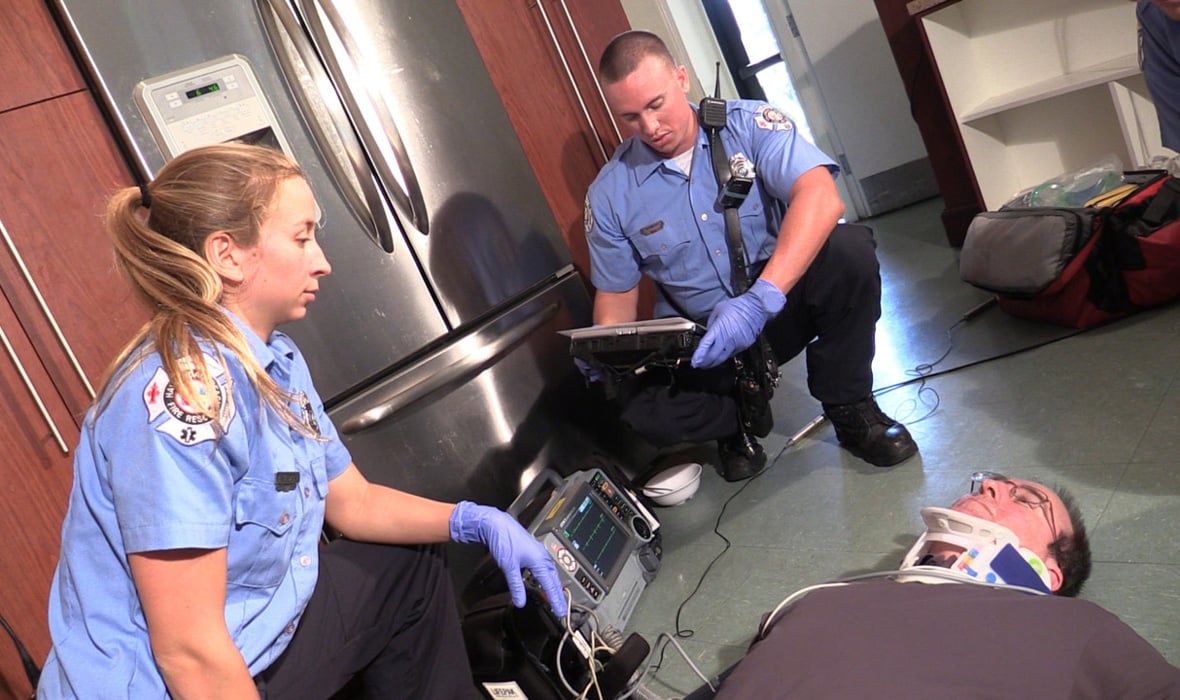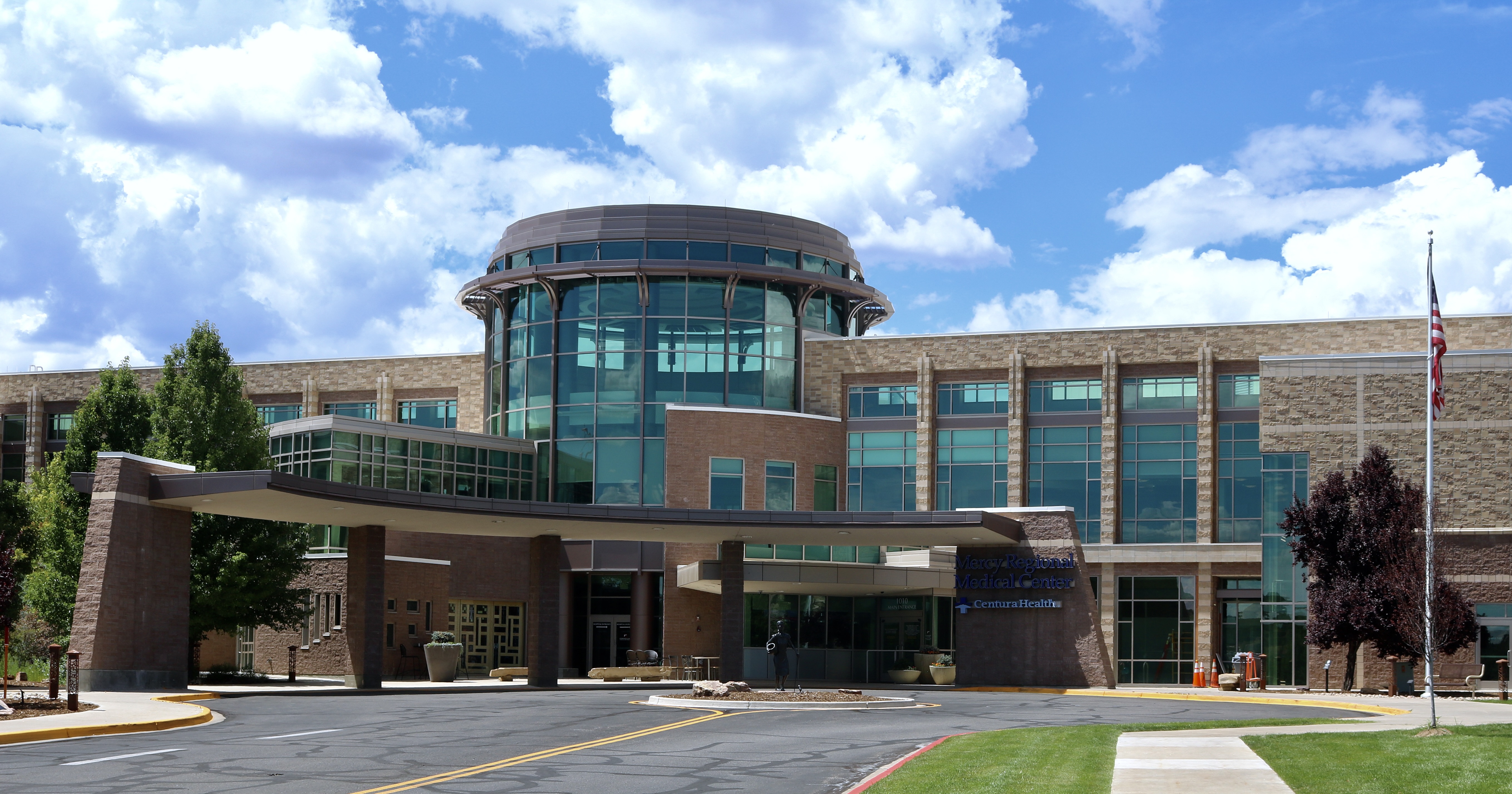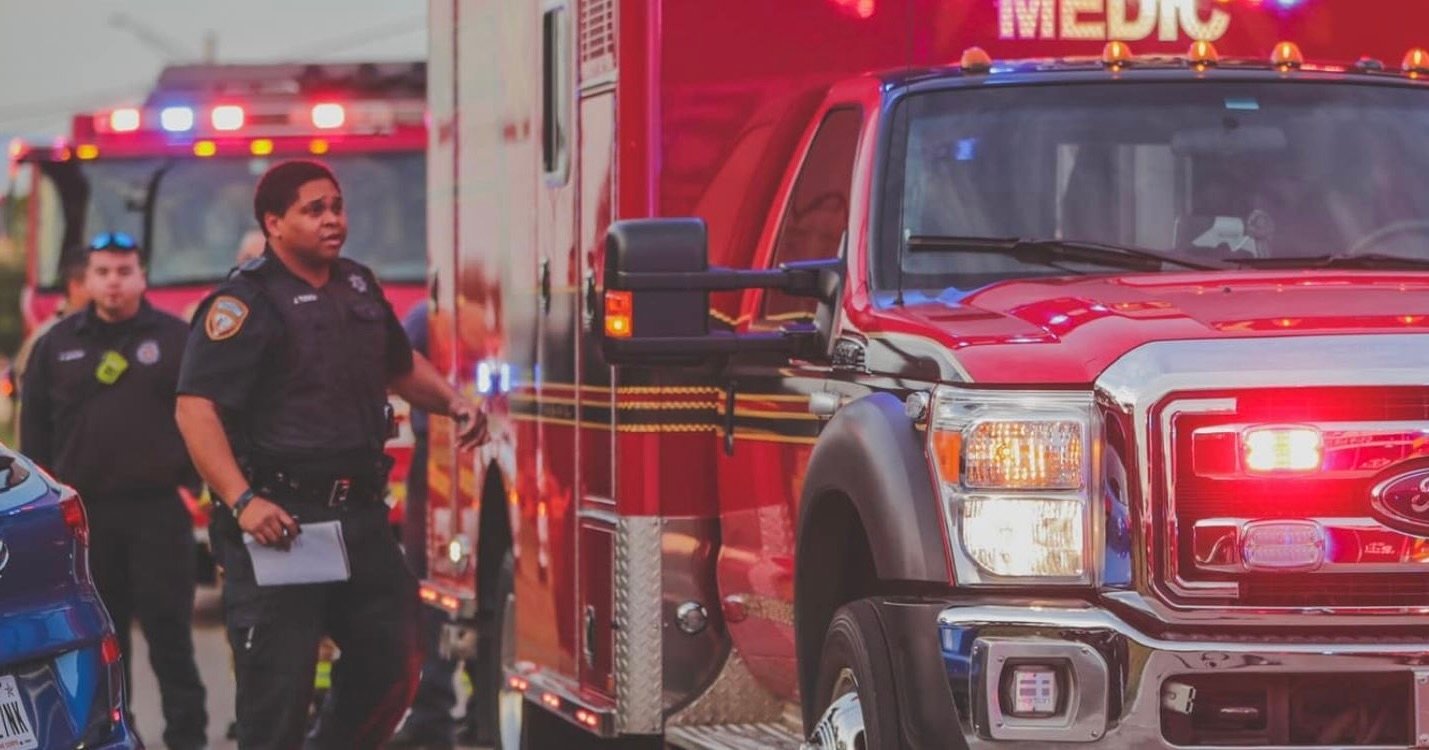New Research Shows Major Improvements in Rural STEMI Treatment Times With Pulsara
A new research study, published in The Journal of the American College of Cardiology (JACC), shows the use of Pulsara in a STEMI-focused initiative...
1 min read
 Hannah Ostrem
:
Dec 13, 2019
Hannah Ostrem
:
Dec 13, 2019

Community Paramedicine (CP) programs can reduce the number of patients who are transported to the ED, thereby reducing the burden on both transport ambulances and ED staff, while simultaneously improving the patient experience by reducing wait times.
However, challenges such as cost, willingness of medics to participate, availability of education programs for potential providers, support from the community, and reimbursement logistics must be thoroughly assessed and understood.
Because buy-in from local EMS professionals and the communities they serve is one of the most crucial components of a successful CP program, a study published in the Western Journal of Emergency Medicine aimed to understand medics' opinions on CP programs and the degree to which these EMS professionals would be willing to participate in such a program.
The study evaluated survey responses from 283 licensed EMS professionals who were currently employed by an EMS service that provides coverage to Missouri, Arkansas, Kansas, or Oklahoma. Of those participants, 66% responded that they would be willing to perform CP duties, and 75% stated that they believed their communities would be in favor of a CP program.
Given that level of potential support, is your EMS agency prepared for the challenges and benefits a CP program could produce? Do you understand what those benefits can look like and how they can help you provide better patient care?
Join us on December 17th, 2019 at 2pm CT as Pulsara's own Kris Kaull and Anne Montera discuss the things every EMS personnel needs to know about Community Paramedicine.

A new research study, published in The Journal of the American College of Cardiology (JACC), shows the use of Pulsara in a STEMI-focused initiative...

Texas EMS Agency Slashes Hospital Offload Times For Low-Acuity Patients Down from 45 Minutes to 10.2 Minutes with Innovative Door-to-Lobby Protocol ...
![Burnout in EMS: Recognize it, Fight it, Overcome it [2025 EMS Trend Survey]](https://www.pulsara.com/hubfs/stressed-female-paramedic-1200x630.jpg)
Editor's Note: In July 2025, EMS1 and Fitch & Associates released their annual EMS trend survey, What Paramedics Want, proudly sponsored by Pulsara....